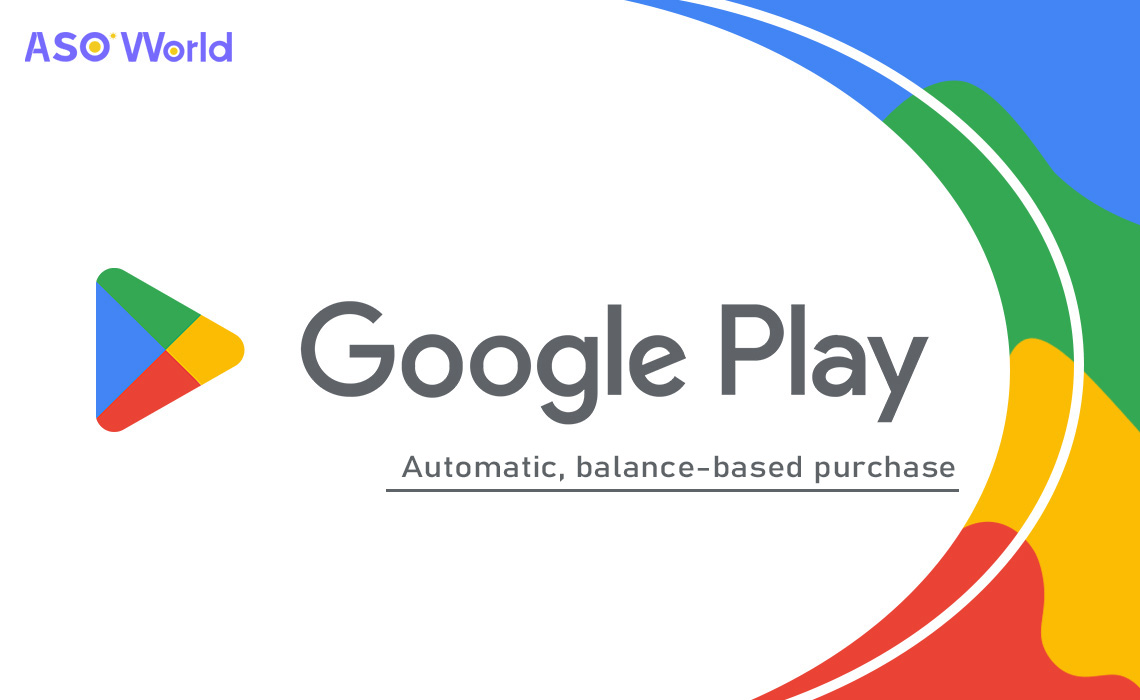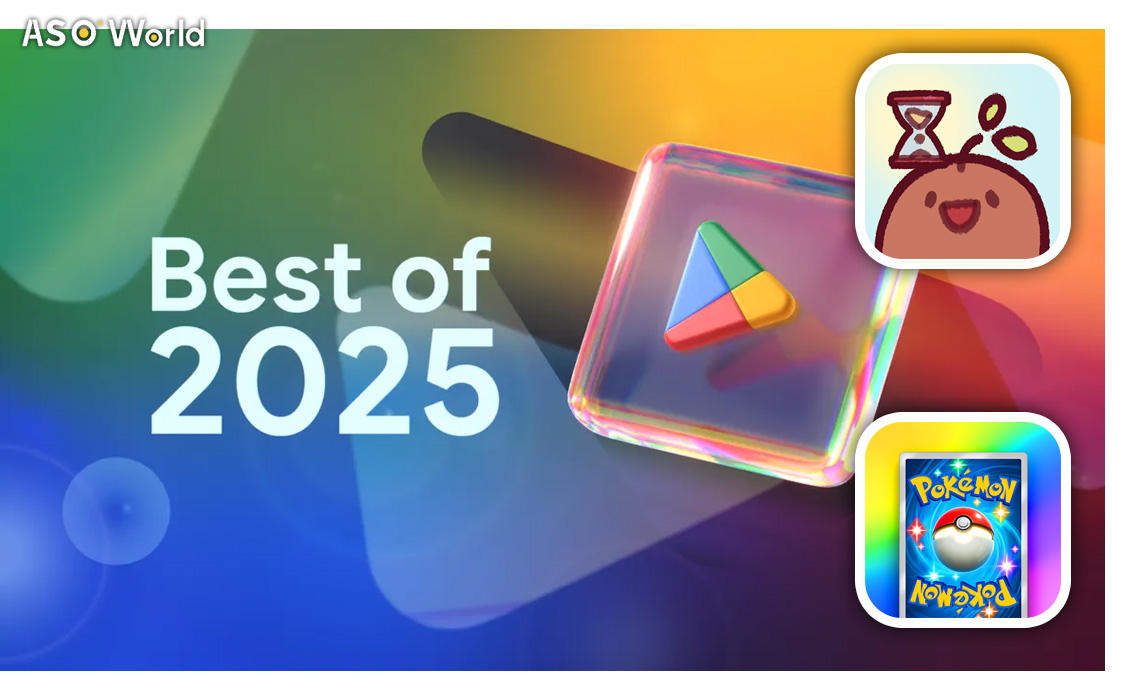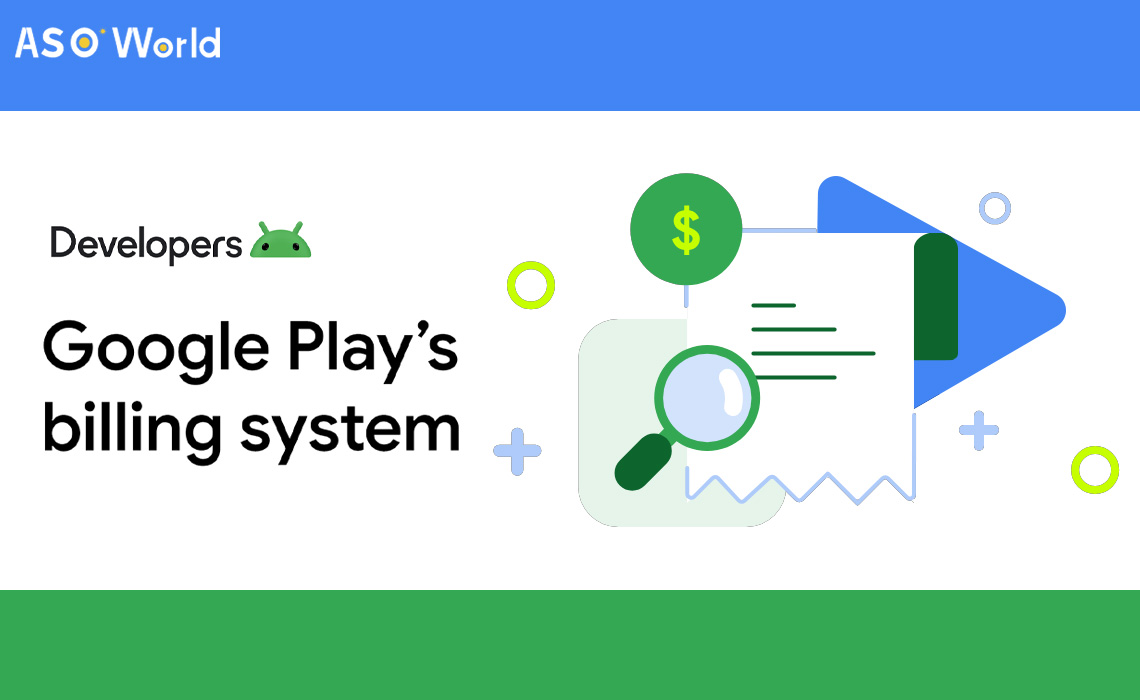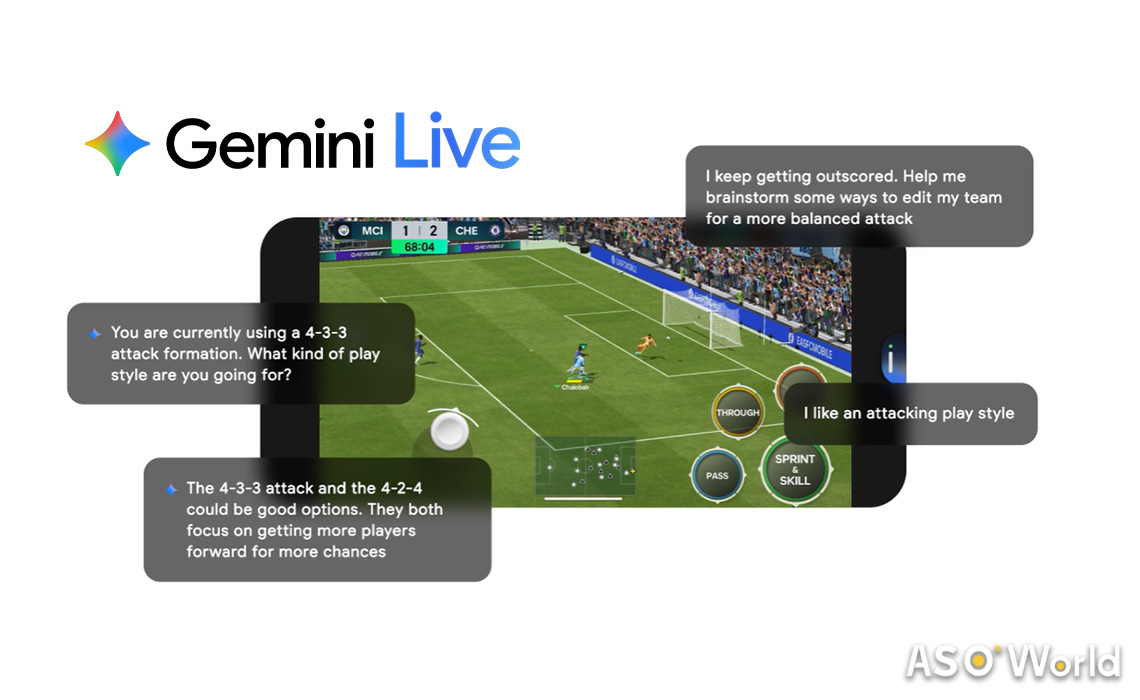Google is gearing up to launch a groundbreaking feature called "Automatic, balance-based purchase," set to transform how users handle in-app transactions.
This opt-in tool will allow developers to automatically charge users when their in-app currency or item balance falls below a pre-set limit, aiming to minimize disruptions during app or game use.
How the Feature Operates
The auto-charge system lets users define a minimum balance and a recharge amount for in-app purchases. For example, if a user's virtual coin balance drops below 100, the system could automatically add 200 more coins.
This is particularly handy for uninterrupted experiences, like sending virtual gifts during a livestream or replenishing in-game items like armor without manual intervention.
Advantages for Users and Developers
User Benefits
This feature promises a smoother experience by eliminating frequent purchase prompts, allowing users to stay engaged in apps or games.
It caters to convenience, especially in dynamic settings like live interactions or intense gameplay.
Developer Gains
For developers, auto-charging could boost revenue and user retention. By streamlining the purchase process, it reduces friction, potentially encouraging consistent spending and keeping users invested in their apps or games longer.
Control and Transparency Measures
Users retain full authority over the feature. They can set preferences during setup, with charges only triggered when balances dip below the chosen threshold. Google ensures clarity by sending receipts for each transaction, and users can pause, cancel, or tweak their plans anytime. Existing purchases remain untouched, reinforcing user trust.
Developer Role and Feature Rollout
While Google manages payment processing, developers must integrate the auto-charge option into their apps or games. Its availability will thus depend on developer adoption, which could shape its impact across the app ecosystem.
No official launch date is confirmed, but Google I/O 2025 in May is anticipated to reveal more, spotlighting this feature for monetization and retention talks.
Editor’s Comments
Google’s auto-charge feature signals a shift toward frictionless digital spending, potentially redefining in-app monetization norms. Its success hinges on developer uptake and user comfort with automated charges—concerns about overspending may arise, though robust controls mitigate this.
Drawing from trends in subscription models, this could normalize microtransaction automation, benefiting apps with high engagement. If widely embraced, it might pressure competitors like Apple to follow suit, reshaping mobile commerce.




